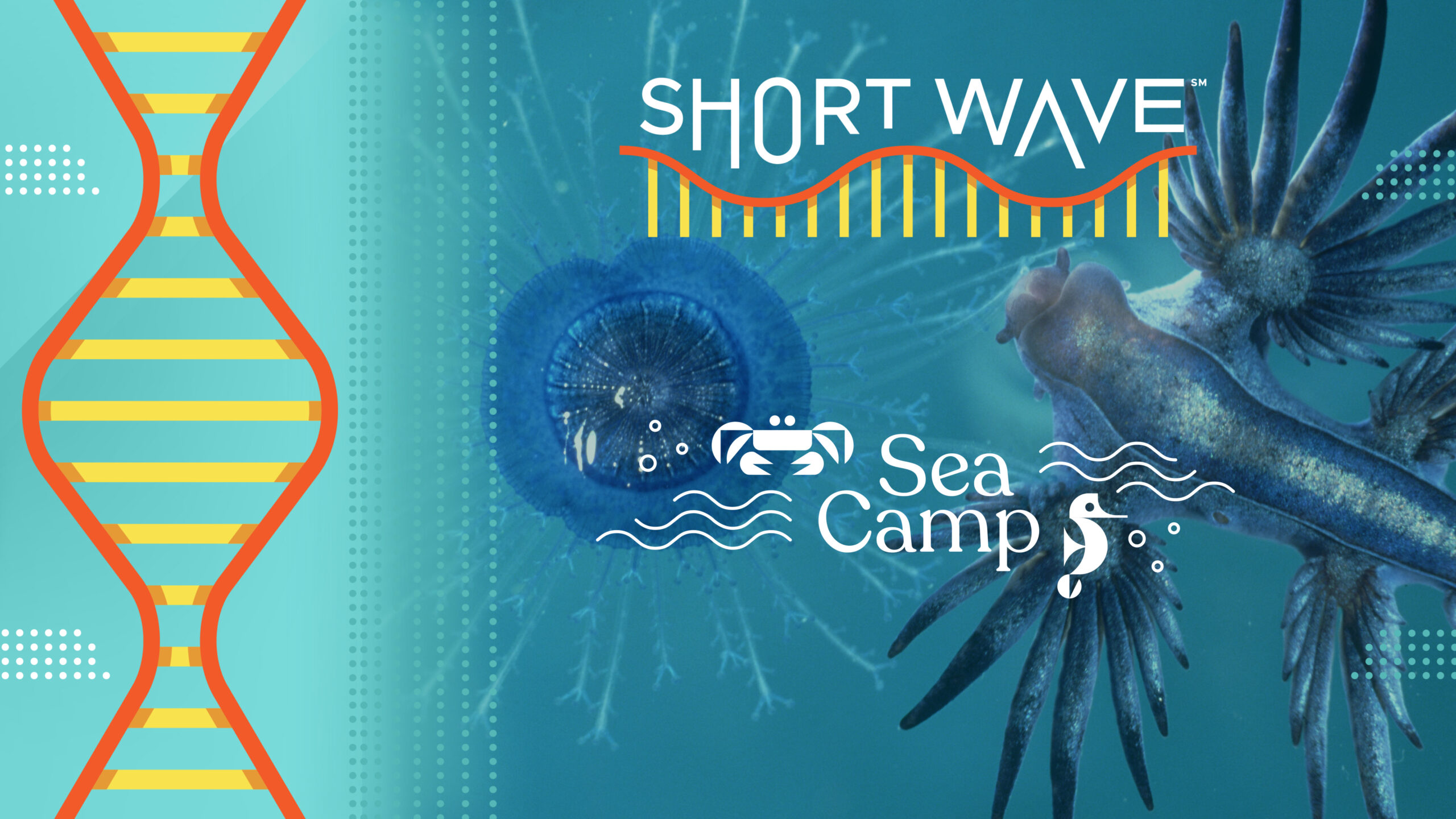The Great Pacific Garbage Patch, the largest of five major garbage patches in the world’s oceans, has revealed a surprising and vibrant ecosystem. Researchers, including marine biologist Fiona Chong, have found that this area, long believed to be devoid of life due to the overwhelming presence of plastics and fishing gear, is home to a variety of marine organisms.
Located at the convergence of major ocean currents, the garbage patch changes shape and size with the tide. It was once thought that the toxic materials would prevent any form of life from thriving in this region. However, recent studies have shown that numerous small marine species, such as Glaucus atlanticus and Porpita, have adapted to this unique environment.
Uncovering the Unexpected
The discovery of life within the Great Pacific Garbage Patch has significant implications for our understanding of marine ecosystems. Researchers are now studying how these species interact with the plastic debris and what role they play in the patch’s ecosystem. Fiona Chong emphasizes the importance of these findings, stating, “We are learning that life can exist in the most unexpected places, even among our waste.”
The Sea Camp series has documented these findings, bringing attention to the complex relationships that form between marine life and plastic pollution. The series aims to educate the public about the realities of oceanic ecosystems and the unintended consequences of human activity.
This research raises critical questions about how we approach ocean conservation. If organisms can thrive in these polluted areas, what does that mean for our strategies in cleaning up ocean trash? The findings suggest that rather than viewing these patches solely as environmental disasters, we should consider them as ecosystems that require further study and understanding.
Engaging the Public
In response to these discoveries, the Sea Camp initiative encourages public engagement through its weekly newsletter, which dives deeper into marine research. Interested individuals can sign up to stay informed about ongoing studies and developments in marine biology.
The exploration of the Great Pacific Garbage Patch is an ongoing project that highlights the resilience of marine life. As researchers continue to uncover the complexities of these ecosystems, the hope is that this knowledge will inform future efforts to combat ocean pollution effectively.
By exploring the intersection of marine biology and environmental science, the Sea Camp series not only sheds light on the hidden life in the Great Pacific Garbage Patch but also emphasizes the need for a proactive approach to ocean conservation.
